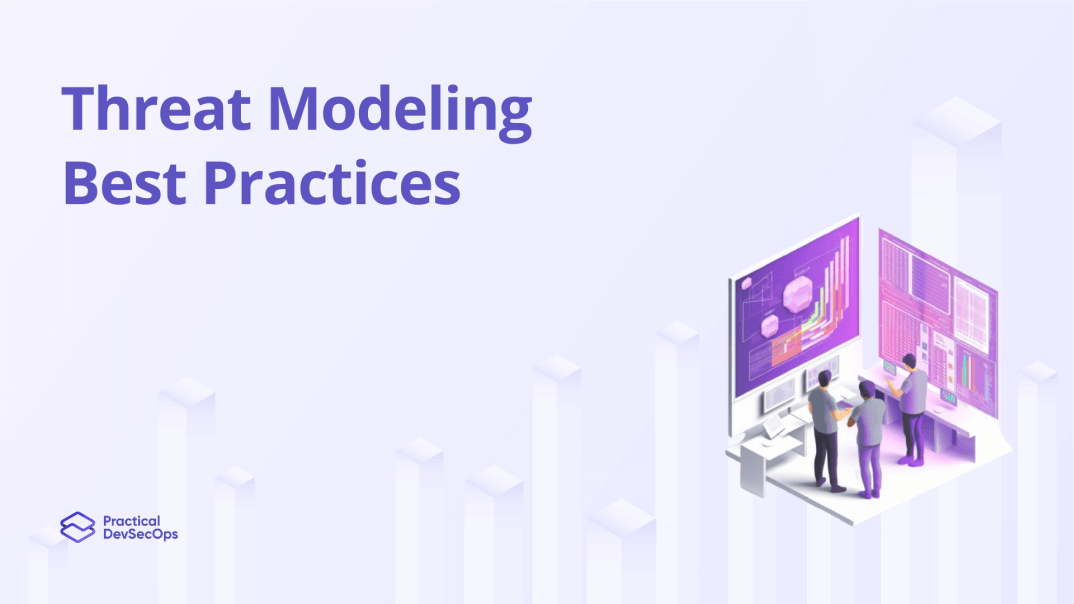Threat modeling is a proactive approach that helps to identify and mitigate potential vulnerabilities early in the software development lifecycle. To achieve effective threat modeling, it is crucial to follow best practices that ensure comprehensive analysis, accurate risk assessment, and robust countermeasures. This article will explore some essential threat modeling best practices, including the key stages involved in the process.
Threat Modeling Best Practices for 2024
Here is a list of the best threat modeling best practices that can improve your risk analysis methods and be proactive in securing your systems
Start Early in the Development Lifecycle
Incorporate threat modeling from the very beginning of the software development process. By identifying and addressing potential threats in the early stages, you can minimize the cost and effort required for remediation later.
Involve Diverse Stakeholders
Gather input from various stakeholders, including developers, architects, security experts, business representatives, and end-users. Different perspectives and expertise will help in identifying a wider range of threats and developing more effective mitigation strategies.
Understand the Business Context
Gain a deep understanding of the business objectives, assets, and critical processes. This knowledge allows for a more accurate assessment of threats and ensures that security measures align with the organization’s goals.
Also Read, How to Improve Your Analytics Thinking in Threat Modeling
Follow a Structured Methodology
Adopt a structured approach, such as STRIDE, DREAD, OCTAVE, or PASTA, to guide the threat modeling process. These methodologies provide a systematic framework for identifying and prioritizing threats.
Also Read, Types of Threat Modeling Methodology
Identify Assets and Attack Vectors
Define the assets within your system and understand how attackers could exploit vulnerabilities to gain unauthorized access. Consider both internal and external threats, as well as potential insider risks.
Assess Impact and Likelihood
Evaluate the impact of potential threats in terms of confidentiality, integrity, and availability of critical assets. Determine the likelihood of each threat occurring based on factors such as vulnerabilities, threat actors, and the organization’s threat landscape.
Also Read, Threat Modeling vs Penetration Testing
Prioritize Mitigation Strategies
Prioritize the identified threats based on their severity and potential impact. Develop a risk mitigation plan that includes both technical controls (e.g., secure coding practices, access controls) and non-technical controls (e.g., policies, employee training).
Continuously Review and Update
Threat modeling is an iterative process and should be revisited regularly. As the threat landscape evolves and new vulnerabilities emerge, reevaluate your threat model to ensure its continued effectiveness.
Document and Communicate Findings
Clearly document the identified threats, their potential impact, and the recommended mitigation strategies. Communicate these findings to relevant stakeholders to foster a shared understanding of security risks and necessary countermeasures.
Integrate Threat Modeling into Development Processes
Embed threat modeling into your organization’s development and deployment processes. Integrating it with other security practices, such as secure coding practices and penetration testing, enhances the overall security posture of your systems.
Conclusion
By following these threats modeling best practices and going through the key stages of scope definition, asset identification, threat identification, vulnerability analysis, and risk prioritization and mitigation, you can significantly enhance your organization’s security defenses. Threat modeling provides a systematic and proactive approach to identify and address potential vulnerabilities before they can be exploited.
Upskill in Threat Modeling







0 Comments